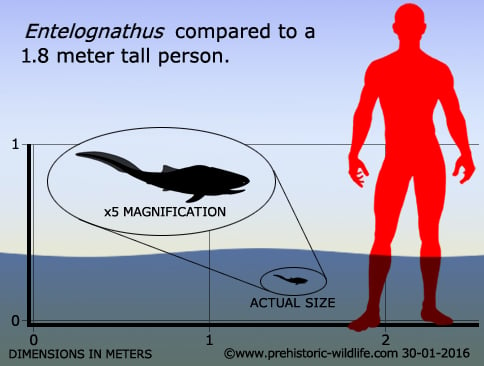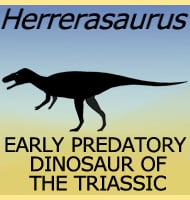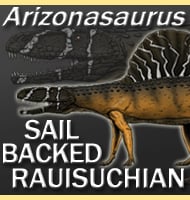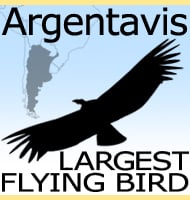In Depth
At first glance Entelognathus resembled a placoderm fish, yet at the time of the initial description in 2013, the jaw structure of Entelognathus is the earliest known example of a modern jaw structure in the fossil record. It is still unknown exactly how Entelognathus fits in evolutionary (if at all) to later fish forms, but the jaw structure of Entelognathus is near exactly like that seen in later fish that would go on to evolve into the first land vertebrates.
Further Reading
- A Silurian placoderm with osteichthyan-like marginal jaw bones. - Nature (502): 188–193. - Min Zhu, Xiaobo Yu, Per Erik Ahlberg, Brian Choo, Jing Lu, Tuo Qiao, Qingming Qu, Wenjin Zhao, Liantao Jia, Henning Blom & You’an Zhu - 2013.










